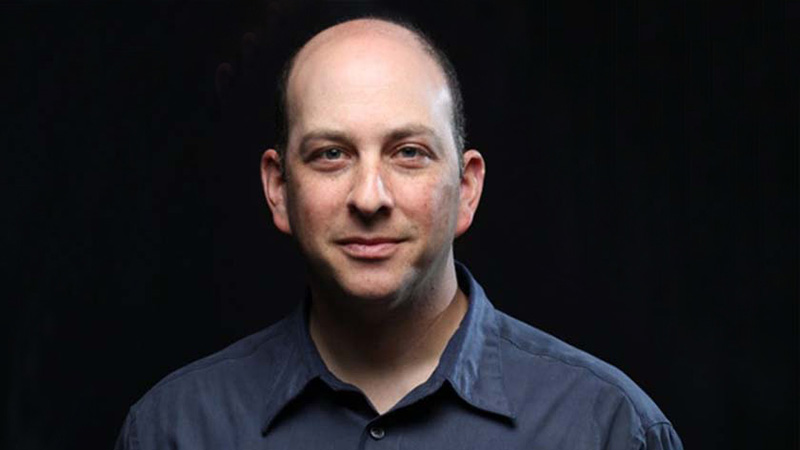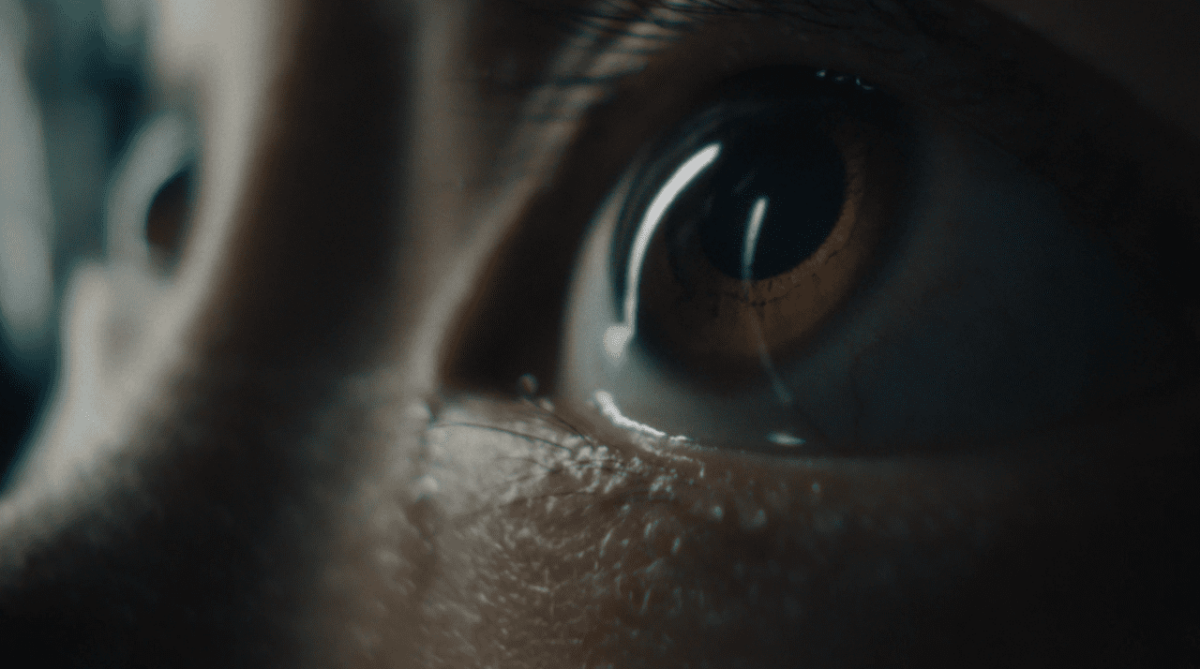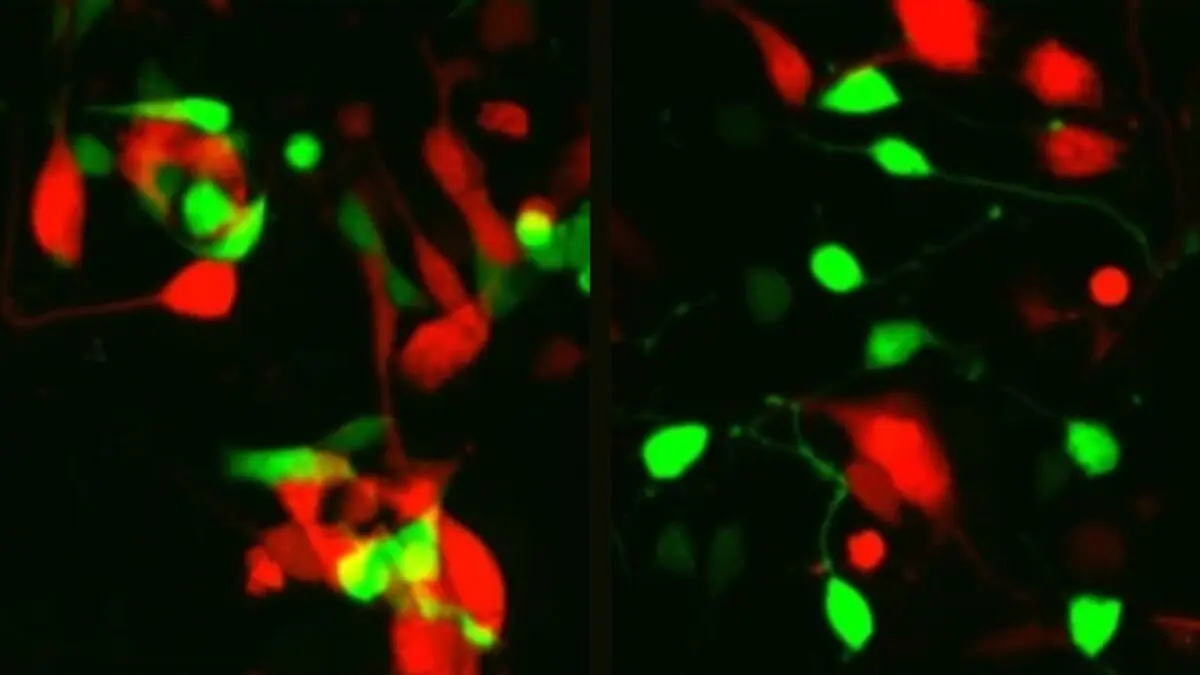Intravitreal injection is a technique used clinically to deliver medication to an area at the back of the eye that is filled with a jelly-like fluid called vitreous humour. (Photo: Getty Images)
Researchers co-led by Dr. Jeremy Sivak, a Senior Scientist at UHN’s Donald K. Johnson Eye Institute, have recently developed an experimental model to study the behaviour of drugs that are administered to the eye through intravitreal (ITV) injection.
ITV injection enables therapeutics to be delivered to an area at the back of the eye called the posterior chamber to target the retina; the sensitive nerve tissue that senses light and sends visual signals to the brain. The approach is widely used for treatment of eye diseases that lead to vision loss, such as macular degeneration.
Although ITV drug delivery is a promising approach for treating eye diseases, there have been reports that drug particles can move from the posterior chamber to the anterior chamber, the front portion of the eye. This forward drug movement can increase pressure inside the eye and increase one’s risk of developing other conditions, such as glaucoma.
“It is challenging to predict how drugs will behave in the human eye, because what we observe in experimental models does not always match what happens in humans,” says Darren Chan, a research technician in Dr. Sivak’s lab. “The lack of suitable models to study the behaviours of new drugs creates a major bottleneck to bringing new therapies to the clinic.”
To address this issue, the research team adapted a previously developed model that mimics how fluid flows between different compartments within the eye. In the current study, the team optimized features of the model, such as temperature, pH and fluid flow, to more closely mimic the conditions within the eye. To mimic injected drugs, the team first used tiny synthetic beads, which enabled the researchers to see how particles move in the eye following ITV injection.
“To test how well the model can replicate a real clinical scenario, we then validated the optimized model using the drug GNE-947 – a potential treatment for macular degeneration,” says Dr. Sivak.

The study was performed in collaboration with Dr. Vladimir Bantseev, a Senior Scientist and the Ophthalmology Therapeutic Area Lead at Genentech, an industry leader in the field that has been developing the drug.
GNE-947 had been observed to migrate to the anterior chamber in pre-clinical studies, increasing risk of potential serious side effects. This issue would have been very challenging to study using current approaches.
However, the team found that the drug behaved within the model the same way it did in the pre-clinical studies, suggesting that the model accurately predicts drug behaviour in the human eye.
“Here, we showed that a simple experimental model of the eye can replicate the complex movement of drug particles following ITV injection,” continues Dr. Sivak. “This model can now serve as a platform for researchers to explore how new drugs will behave in the human eye, and could ultimately help to expedite the pre-clinical development of new therapeutics.”
This work was supported in part by UHN Foundation donors.



